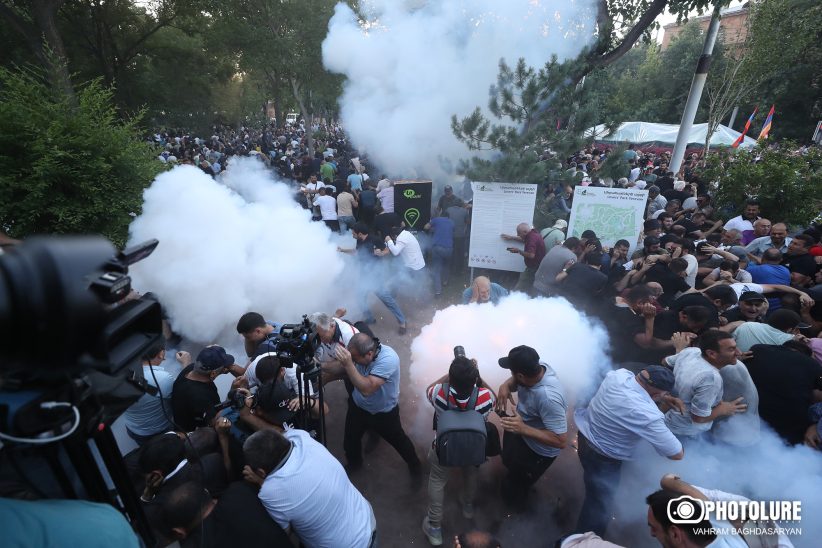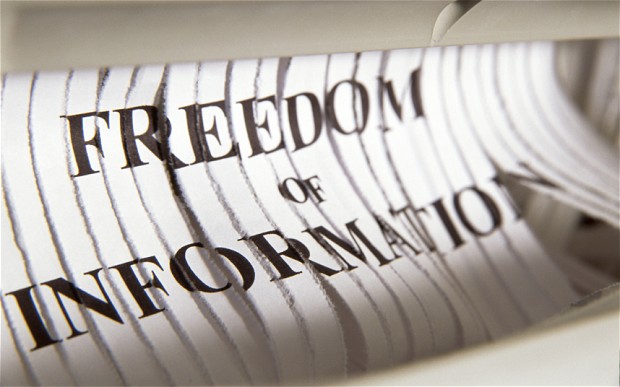The second quarter of 2017 was an intense period for the Armenian media outlets and journalists. It included two most important events for the country – elections to the National Assembly and elections to the Yerevan local council. Usually, during these periods, the pressures and attacks on the media and their personnel get intense, and in this respect, the last two elections were not exceptions.
So on April 2, on the day of parliamentary elections, two cases of physical violence and nine cases of pressure on the media representatives were recorded. In terms of elections to the Yerevan local council, violations of the journalists’ rights were recorded during the campaign preceding it: one case of violence and two cases of impediment. Two cases of physical violence and five incidents of impeding professional activity were recorded on the day of the elections – May 14.
In total, curing the second quarter of 2017, the CPFE recorded five cases of physical violence against the journalists. Cases of violating the right to receive and disseminate information are ten. The number of various types of pressure against the media and their personnel reached 57. 33 of them are new court cases with engagement of media outlets and/or journalists, stipulated by Article 1087.1 of the RA Civil Code, i.e. insult and slander. In terms of six months, the number of such cases reached 48. This has been an unprecedented flow of claims against the founders of media outlets and journalists since decriminalization of insult and slander in Armenia in May of 2010.
During the months of April-June, the CPFE continued to monitor the criminal cases related to the events on Baghramyan Avenue (#ElectricYerevan, June 23, 2015) and in Khorenatsi Street and Sari Tagh of Yerevan (second half of July 2016) during which large-scale violence was used against the journalists and the cameramen, and their professional activity was impeded. The CPFE recorded, that in case of the first, no significant development took place; in case of the second, one new defendant has been identified. Once again, these facts give us grounds to state, that the pre-investigation is not sufficiently effective, and the steps taken by the Special investigative service are not adequate to the scale of violence against the mass media representatives.
Another important event in the second quarter was the tender announced by the TV and Radio National Commission on May 2, to create a private network of digital broadcasting (multiplex). A similar tender organized one year ago, failed, because of the absence of applicants.
On May 31, the National Assembly passed the “Law on making amendments in the RA law on TV and radio”, which stipulates regulation of the transition of the radio broadcasting into a digital system. The government sent the draft of this law to the parliament without holding discussions with the interested non-governmental news organizations, as they did during the previous years, in case of a number of other draft laws related to the digitization of the TV broadcasting.
Unlike this one, during April-June, they continued to discuss intensely the circulated new draft law on “Freedom of information”.








